

here is a myriad of studies showing that we live on a plastic planet and this affects everything from natural habitats to human health. While we are (or should be) aware that plastic pollution destroys entire environments, microplastic pollution is a less known phenomenon to the larger public. Many organizations, however, are taking important steps to prevent the damage humanity has already caused. Today we will take a closer look at the microplastic pollution concept, its causes, effects, and the means we have at our disposal to put a stop to it.
What is Microplastic Pollution?
According to the U.S. National Oceanic & Atmospheric Administration, microplastic represents plastic particles, which are less than 5 mm in diameter, and which originate from a variety of sources, including cosmetics, clothing, and industrial processes.
- Primary microplastics: they are purposely manufactured to be microscopic and make the direct result of human material and product use. You can find them in cosmetics or air blasting technology.
- Secondary microplastics: they are plastic fragments, which derive from the breakdown or fragmentation of larger plastic debris like the macroscopic parts that make up the bulk of the Great Pacific Garbage Patch.
Both types of microplastics persist in the environment at very high levels, particularly in marine ecosystems, together with their larger family members, such as plastic bottles and other products.
According to recent studies and reports, microplastics erode in time to particles as small as 1-100 nm – nano plastics. Using modeling tools, scientists were able to estimate that a total of 15-51 trillion microplastic particles have accumulated in the ocean. While some start as large plastic pieces eroded by water and other elements, others make up the category of “waste by design.” At this point in the story, we have to mention microbeads present in cosmetic products such as exfoliating facewash, soaps and shower creams, toothpaste, body scrubs, and many more. These microbeads are stable and versatile particulates. After we wash them down the drain, these particles are able to evade water filtration systems at water treatment works and go directly into the oceans.
How Much Microplastic do You Eat and Drink?
A study conducted recently showed that we have great reasons for concern when it comes to the microplastic pollution in our own tap water. Researchers tested tap water samples in more than a dozen countries on the globe, only to find that microplastic contamination is present at a global level. The study shows that 83% of the samples presented plastic fibers pollution. The average number of fibers found in each 500 ml sample ranged from 4.8 in the US to 1.9 in Europe.
In other words, microplastic pollution is ubiquitous and has a negative impact on all levels. Since microplastics are present not only in ocean water but it our own treated and filtered tap water, the next logical hypothesis is that we also consume microplastic contaminated fish and marine food.
According to recent research, the problem may be even bigger than ingesting plastics for animals and humans: the microplastics act as carriers by absorbing and concentrating chemicals present in the environment that is persistent, bioaccumulative and toxic, known as PBT compounds. This means, on top of the damage caused by the microplastic particles themselves, harmful chemicals can be carried and released into the body of animals and people.
Scientists also detected microplastic particulates in seafood sold for human consumption, such as mussels, oysters and sea salt. It has been estimated that the average European shellfish consumer could ingest up to 11,000 microplastic particles per year and in Chinese shellfish consumers, it is predicted to be an order of magnitude higher.
While microplastics can pass right through the gut without causing significant health problems for humans and animals, nano-plastics, on the other hand, could pass across the gut in theory. Unfortunately, we do not yet have the means and analytical methods to assess such issues.
Simpler put, microplastic pollution may prove to be even more dangerous in the long term than plastic pollution, because it is invisible and we have yet a lot to study about its long-term impact. Some studies on examining the bodies of beached whales, found large pieces of plastic stuck in the guts of such creatures, but the effect of microplastics, though less obvious, might be just as harmful.
While we need to study oceanic megafauna closer and closer, we also need to understand better the harm we cause by manufacturing microplastics.
The Cosmetic Industry Takes the First Steps to reduce Microplastic Pollution
Cosmetics Europe recommended that by 2020, cosmetic companies phase-out the use of microbeads in their products. According to Chris Flower, director-general of the Cosmetic Toiletry and Perfumery Association, “most companies have completed their phase-out and total usage has already fallen by over 70%. The remainder will do so before the end of 2018, two years ahead of the deadline set by Cosmetics Europe and well before any possible legislative ban could take effect.”
This is among one of the best news out there, but we all have to understand that the cosmetic industry and its exfoliating microbeads are a literal drop of water into an ocean. Cosmetic-derived microplastic pollution it is only a small fraction (0.01-4.1%) of the estimated total level of microplastics in the oceans.
If we put things into perspective, let us all pay attention to the fact that eight trillion microbeads were entering aquatic environments throughout the United States every day back in 2015. This year, marine biologists warned that many species of marine wildlife are already under threat from other problems, such as overfishing and pollution. The added stress from microplastics could push some species further towards extinction, the authors of the study warned.
What can we do about Microplastic Pollution?
The easiest and most mindful way of reducing or pushing the break to microplastic pollution is to stop things at their source. Instead of filling up vast landfills with plastic products, we should reconsider plastic as recyclable, reusable materials. Moreover, the ones responsible for plastic manufacturing should consider bettering the process and turning plastic into a more biodegradable material. Unfortunately, the present biodegradable plastic still persists in the environment for many, many years, so it is not yet the best solution we can come up with.
At a personal level, we can all contribute to reducing the amounts of plastic we use every day. We should all be more mindful of where the plastic we use ends up every day and what plastic products we can give up to without changing our lifestyles and levels of comfort.
Do you have other ideas on how to lower the microplastic pollution and its negative impact on the environment and our health? Besides giving up on certain cosmetic products and using less plastic, what other ways do we have to prevent the planet turning into a plastic landfill?
David







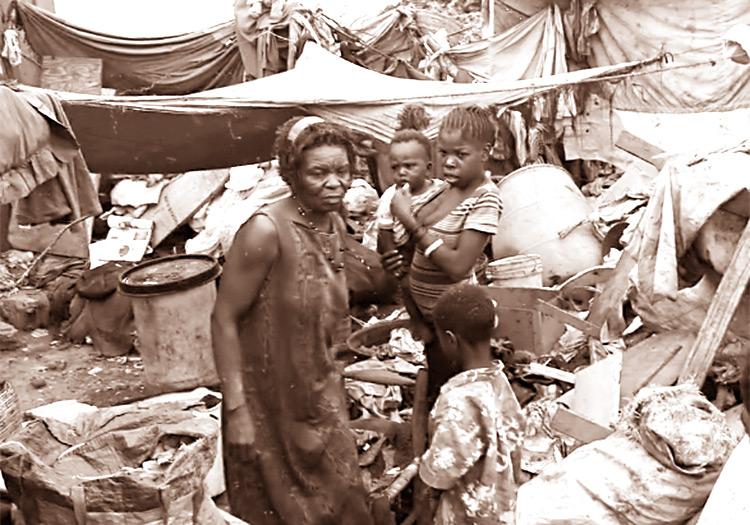

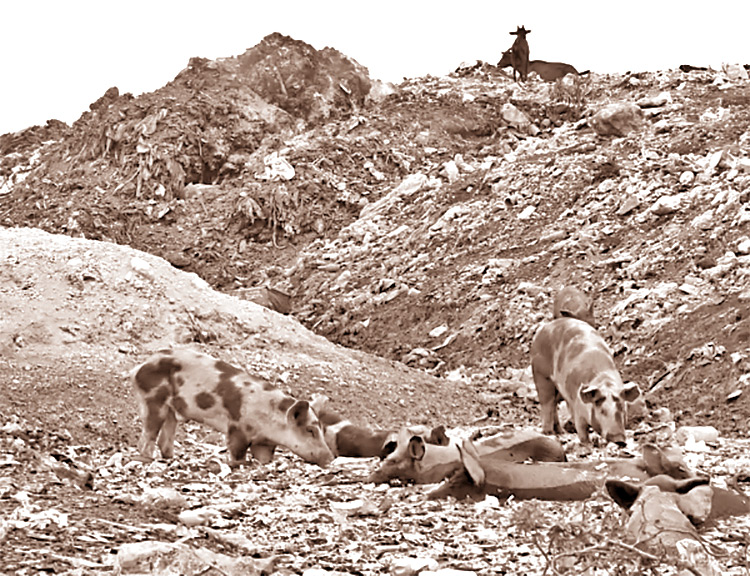

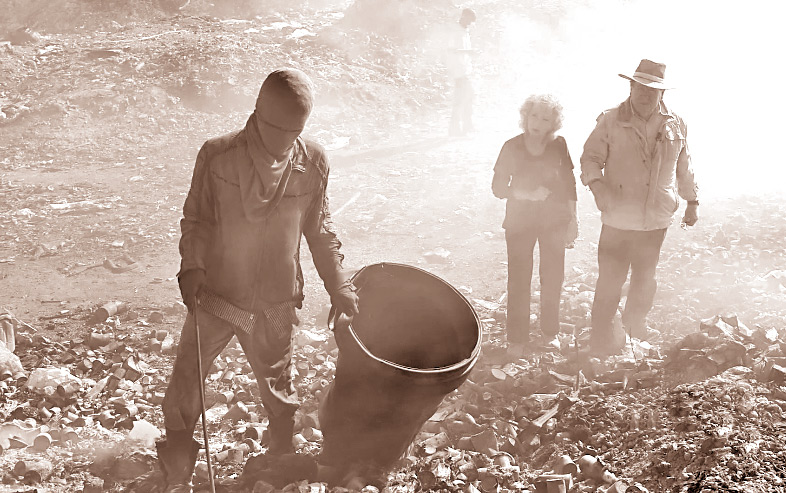

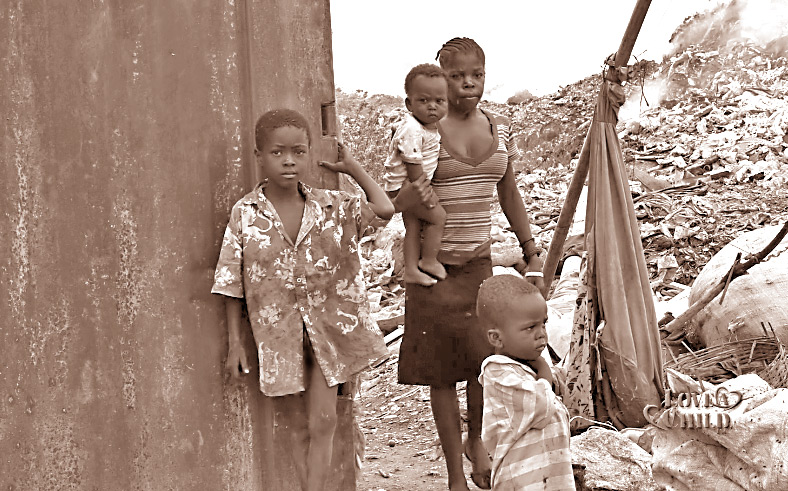

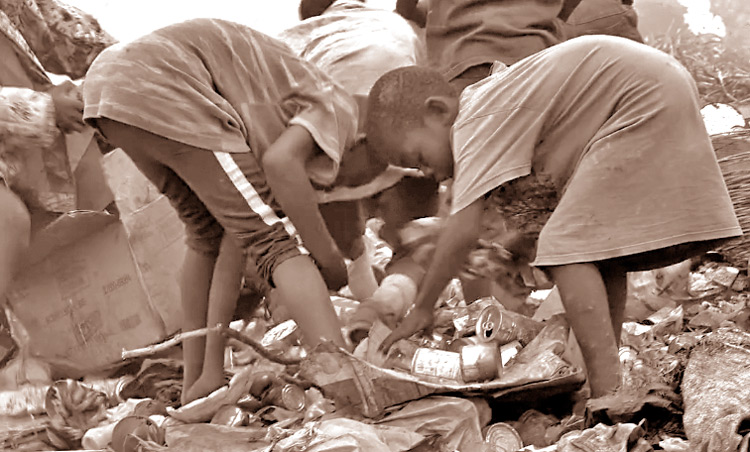


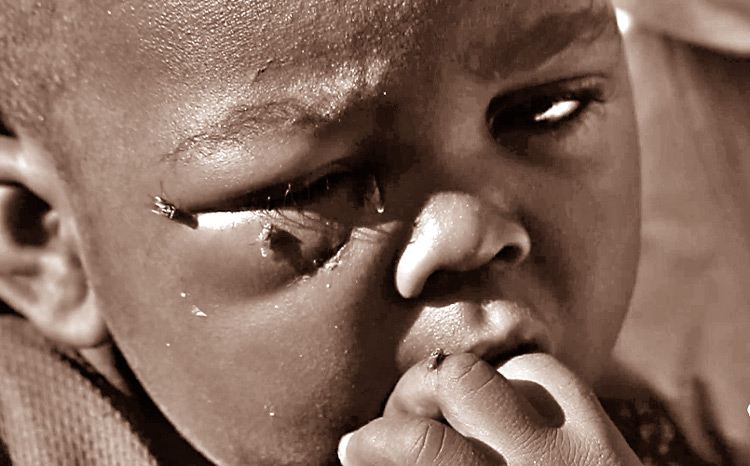


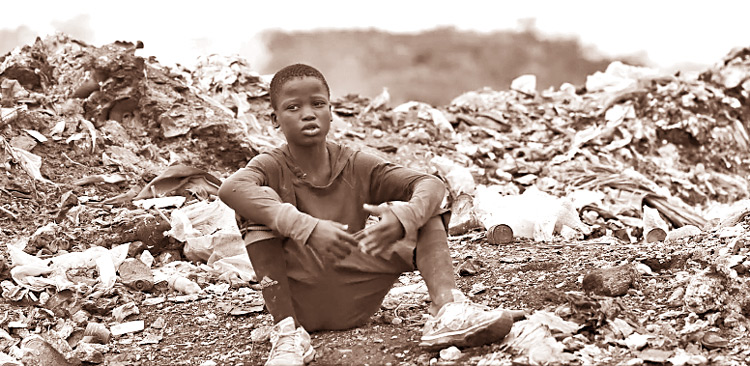









![Because worldwide annual e-waste is worth $62.5bn - more than the gross domestic product of many countries - environmental advocates are encouraging reclamation efforts like this mobile-phone recycling workshop in Lima, Peru [File: Guadalupe Pardo/Reuters]](https://www.aljazeera.com/mritems/imagecache/mbdxxlarge/mritems/Images/2019/8/26/4ffaae26c38a4923bee02805b70c4acf_18.jpg)

